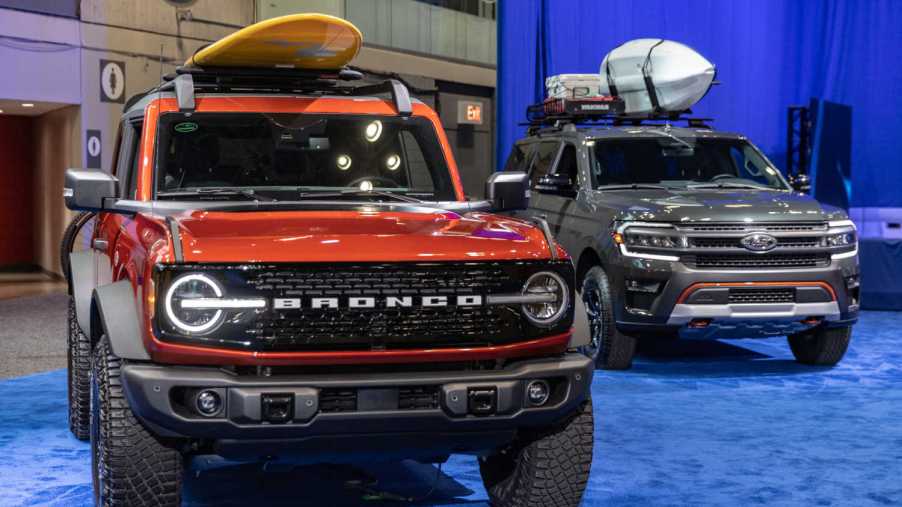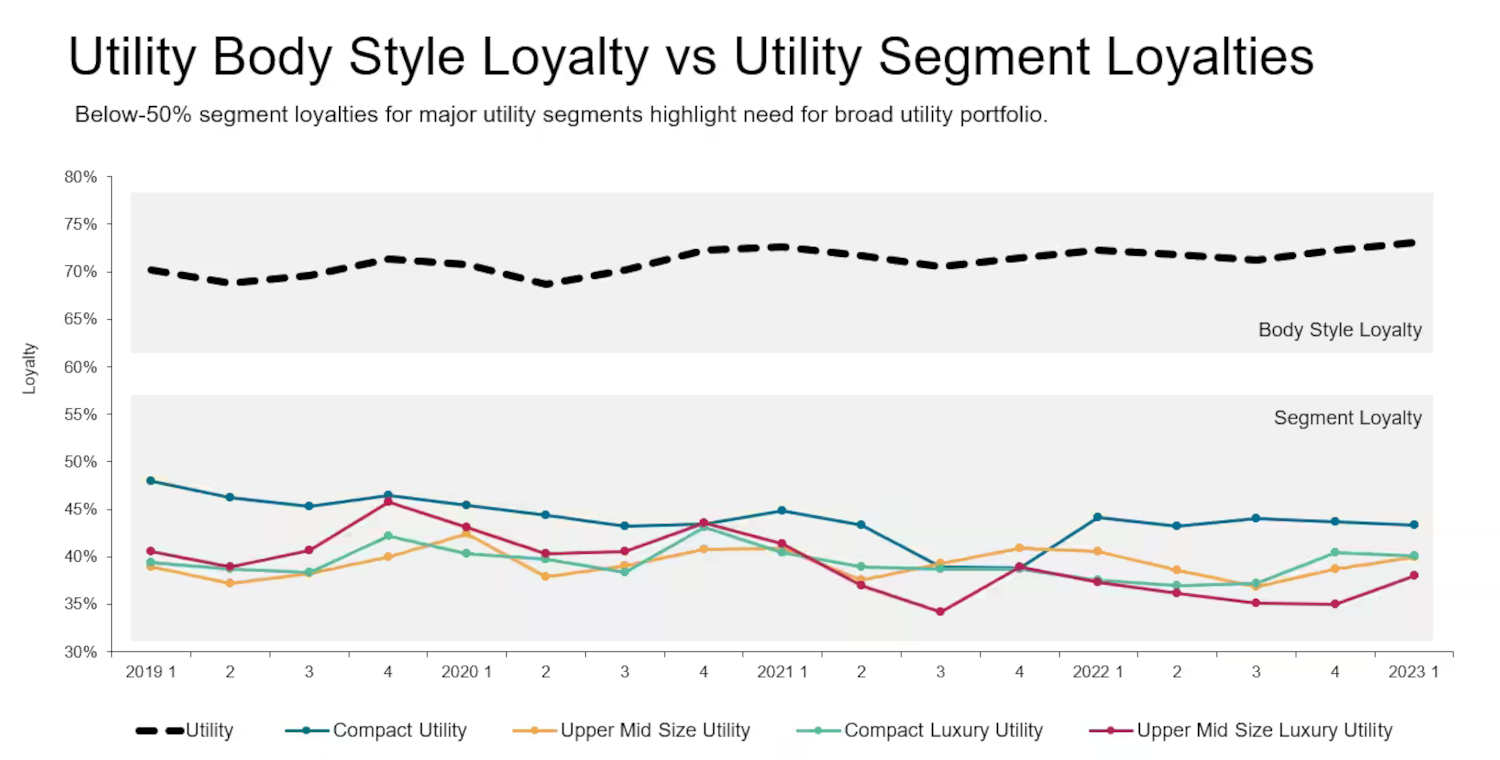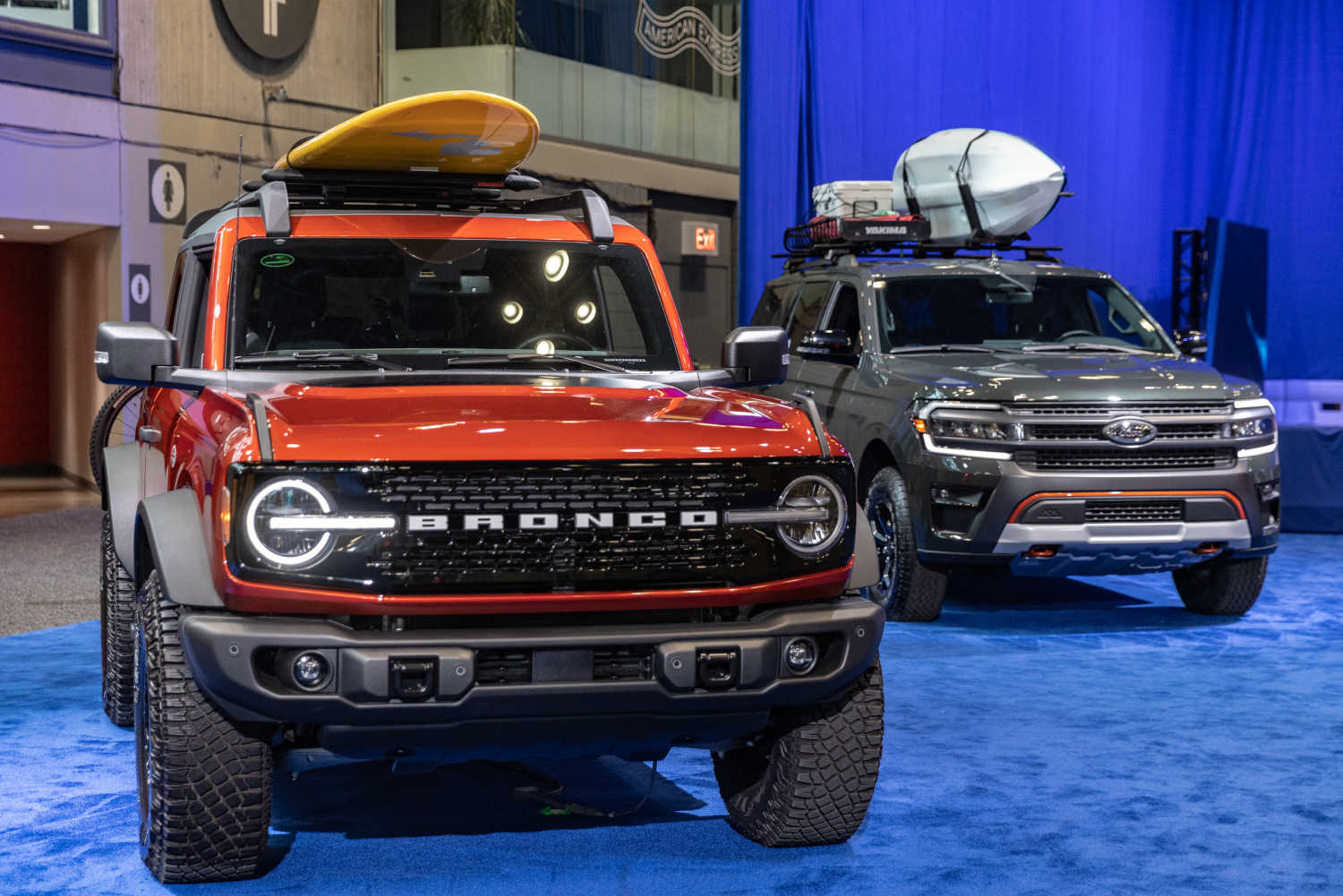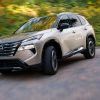
New Study Shows SUV Drivers Are the Most Loyal
Considering industry trends over the past few years, SUVs gained and sustained a big following. A new study looked at how the preferences of SUV drivers have changed over the past few years and how some have not changed much. If you have ever wondered why one brand has so many different types of sport utility vehicles, such as Ford, Toyota, Mazda, or any mass-market brand, this is one of the reasons.
About 75% of SUV drivers purchased another sport utility vehicle

Carscoops reports that in the most recent study from S&P Global, support for the sport utility vehicle remained high. Data from the last few years showed that most drivers who already own or lease an SUV were 73% more likely to get another SUV than a different vehicle type. That number has remained at more than 70% for the past 11 quarters consecutively.
Those who decided upon a sedan or truck tended to stay in those categories but at a lesser amount. Sedan drivers selected another sedan 48.8% of the time, and 35.6% of truck drivers remained loyal to the segment.
Drilling that down further, there tends to be even more loyalty in the sub-segments of the SUV, such as subcompact up to full-size SUVs in both mainstream and luxury categories. The image above shows how the four SUV segments never reach 50% or more.
SUV drivers might change sub-segments, but ideally, not brands

This implies that less than half of households with sport utility vehicles stay within the same size or price range when considering another car.
“The combination of high utility body style loyalty but lower segment loyalty implies that while the American public certainly has taken to the utility concept, there is substantial migration to new and untried utility segments.”
S&P Global
As a result, brands that want to retain customers have to offer many different SUVs. This will allow for a new purchase of an SUV in another segment but from the same brand. For instance, moving from the Ford Explorer to the Ford Expedition or the Toyota 4Runner to the Toyota RAV4. Most people who want a new SUV will look first at the same brand of the current vehicle and either size up or down. Some SUV drivers will go to a similar brand with more options if that doesn’t work out. However, there is a good chance it will still be an SUV.
One of every three new registrations is a luxury compact sport utility vehicle.
Four years ago, every fifth registration was for a compact luxury sport utility vehicle. In 2019, there were 16 luxury compact SUVs on the market, and now shoppers have 25 options to choose from. Five years ago, the Acura RDX and the Mercedes-Benz GLC were the most popular models. In 2023, the Tesla Model Y holds 42.1% of the luxury compact SUV registrations.
If there seems to be a lot of competition in each sub-segment or category, that’s because there is. SUV drivers want many options, and automakers have responded to that as needed. While the Tesla Model Y is one of the more popular SUVs on the market right now, check out the list of the most reliable SUVs for 2023.



